Humans are thought to be able to live only in four dimensions.
Artist concept depicts Gravity Probe B orbiting the Earth to measure space-time, a four-dimensional description of the universe including height, width, length, and time.
The Relativity Mission; Gravity Probe B and Space-Time: NASA, Public Domain, via Wikimedia Commons @ https://commons.wikimedia.org/wiki/File:GPB_circling_earth.jpg
intriguing possibilities of shortcuts via wormhole travels
1998 digital art by Les Bossinas (Cortez III Service Corp.), illustrator (1984 - 2001) at NASA John H. Glenn Research Center at Lewis Field, northeastern Ohio
artist's conception of wormhole travel: NASA, Public Domain, via Wikimedia Commons @ https://commons.wikimedia.org/wiki/File:Wormhole_travel_as_envisioned_by_Les_Bossinas_for_NASA.jpg
In "Interstellar" neighborhood of gas giant Saturn, with the most complex and largest ring system in the Solar System, is favored for colonies on Edmunds’, Mann’s, and Miller’s exoplanets and stations.
Mosaic of 75 exposures of Saturn taken over 8 hour timespan from a distance of approximately 847,000 kilometers (526,000 miles) by Cassini-Huygens unmanned spacecraft on August 12, 2009, beginning about 1.25 days after Saturn's equinox.
Saturn's equinox occurs once in about 15 Earth years; PIA11667 The Rite of Spring: NASA/JPL/Space Science Institute, Public Domain, via Wikimedia Commons @ https://commons.wikimedia.org/wiki/File:Saturn,_its_rings,_and_a_few_of_its_moons.jpg
Wormhole travel could occur much closer to home: As travelable shortcuts, wormholes may connect not only two universes but also two distant regions in the same universe.
Image depicts wormhole connecting place in front of Tübingen University's physical institutes with sand dunes near Boulogne sur Mer, northern France (panorama of the dunes: Philippe E. Hurbain).
Wormhole of Tübingen University by Corvin Zahn, Institute of Physics, Universität Hildesheim, Space Time Travel (http://www.spacetimetravel.org/); panorama of the dunes by Philippe E. Hurbain, CC BY SA 2.5, via Wikimedia Commons @ https://commons.wikimedia.org/wiki/File:Wurmloch.jpg
Ad astra per aspera ("to the stars through hardships"): Terrestrial challenges impel main characters of "Interstellar" into interstellar overdrive.
interstellar overdrive; view of starry nighttime sky from downtown Pittsburgh, southwestern Pennsylvania: Brian Donovan (brdonovan), CC BY-SA 2.0, via Flickr @ https://www.flickr.com/photos/58621196@N05/6933849919/


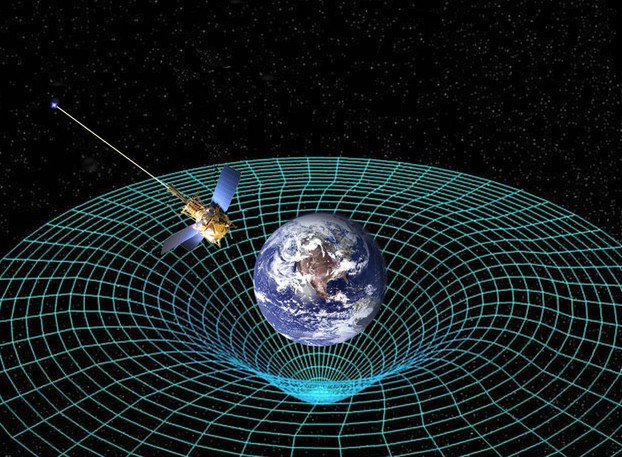
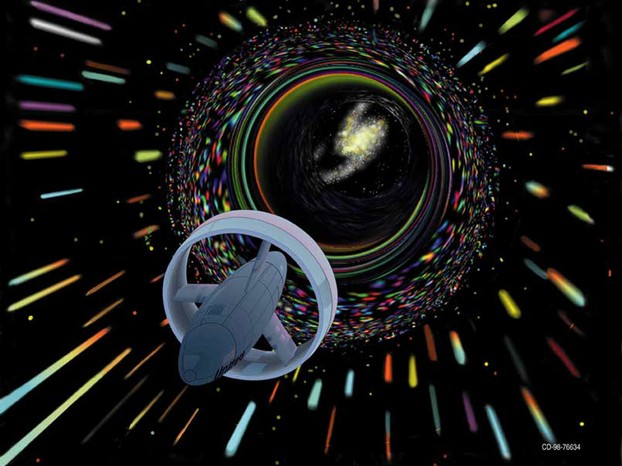
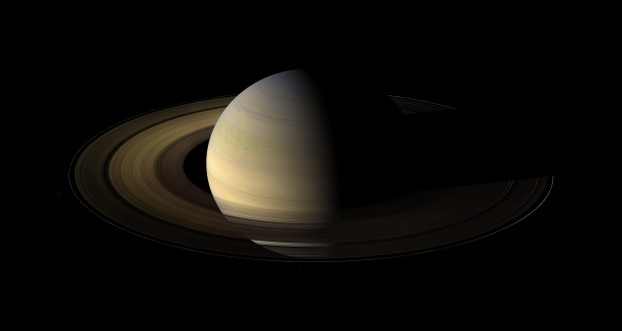
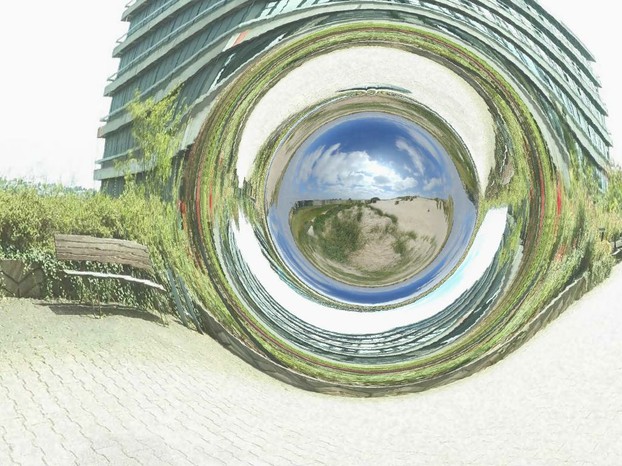

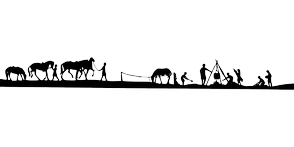





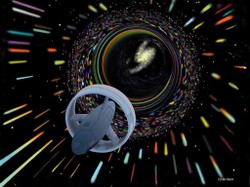

 Are Hawaiian Huakai Po Nightmarchers Avenging Halloween Thursday?on 10/02/2024
Are Hawaiian Huakai Po Nightmarchers Avenging Halloween Thursday?on 10/02/2024
 Mailing Addresses for 2023 Form 4868 Extending 1040 and 1040SR April 15, 2024, Due Dateon 04/15/2024
Mailing Addresses for 2023 Form 4868 Extending 1040 and 1040SR April 15, 2024, Due Dateon 04/15/2024
 Mailing Addresses for 2023 Forms 1040 and 1040SR Filed in 2024on 04/15/2024
Mailing Addresses for 2023 Forms 1040 and 1040SR Filed in 2024on 04/15/2024
 Mailing Addresses for 2022 Form 4868 Extending 1040 and 1040SR April 18, 2023, Due Dateon 04/13/2023
Mailing Addresses for 2022 Form 4868 Extending 1040 and 1040SR April 18, 2023, Due Dateon 04/13/2023


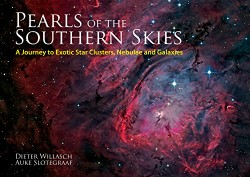
Comments
Mira, English-language science fiction plots and styles particularly are influenced by the Mars-directed writings of Isaac Asimov, Ray Bradbury, Arthur C. Clarke, and Robert A. Heinlein. Can it be one of those four that you're thinking of?
Yes, Mars, with its water as ice, is certainly interesting. I read somewhere how this whole interest in Mars began in science fiction but now I forget.
Mira, It'll be interesting to read the perspectives -- on our galaxy, solar system, and universe -- which Mars gives us if the data collected and being gathered is made available and understandable and if astronaut landings actually take place 15 years from now.
This just boggles the mind. I think they have developed outrageous theories based on very little scientific, demonstrable proof. I agree that it's hard to conduct many experiments when you want to find out the origin of the universe, and I also agree that the efforts to understand these things are commendable, but . . . :) Anyway, I can see why wormholes would be comsidered unstable. It appears that much of the universe IS unstable. I'm surprised our Solar system is so dependable :)
Mira, Wormholes are complicated for science too since they're unstable and -- according to theory -- would keep trying to close up even when they're being used.
I love science fictional accounts of wormholes but the physics is definitely too complicated for me :) You, on the other hand, seem quite passionate about it lately. I also have some conceptual problems with theoretical physics. Just how exactly they go about postulating the number of dimensions in a universe. I know they have equations and it all has to work out, but maybe the equations should also be different in those universes, don't you think?